Swamp Rose (Rosa palustris) is a hardy, native plant from the rose family (Rosaceae), commonly found across eastern Canada and the eastern United States. Known for its shrubby growth habit, this plant can reach up to 2 meters in height and width, making it an excellent choice for hedging in gardens with rich, moist soil.
Thriving in hardiness zones 4 through 9, Swamp Rose blooms in the summer and prefers full sunlight to achieve its best growth. Its charming flowers not only enhance garden aesthetics but also serve as a magnet for birds and butterflies, adding life and vibrancy to any landscape.
| Common name | Swamp Rose |
| Botanical name | Rosa palustris |
| Family | Rosaceae |
| Species | palustris |
| Origin | Eastern Canada to Eastern U.S.A |
| Plant type | Native Plant |
| Hardiness zone | 4, 5, 6, 7, 8, 9 |
| Sunlight | Full Sun |
| Soil condition | High Organic Matter |
| Soil ph | Acid |
| Drainage | Well-Drained |
| Harvest time | Fall |
| Flowering period | Summer |
| Height | 3 ft. – 6 ft. |
| Flower color | Pink |
| Leaf color | Green |
| Fruit color | Pink |
| Stem color | Red, Burgundy |
| Fruit benefit | Fragrant |
| Flower benefit | Fragrant |
| Garden style | Butterfly Garden |
I. Appearance and Characteristics
Rosa palustris, the swamp rose, is a shrub in the rose family native to much of eastern North America. It can be found from Nova Scotia and New Brunswick in the north, south to Florida and west to Arkansas and Ontario. It is a host of the blinded sphinx moth and Coptotriche admirabilis.
The species epithet palustris is Latin for “of the marsh” and indicates its common habitat.
Rosa palustris is a shrub with alternate, pinnately compound leaves, on thorny stems. The flowers are pink, borne in summer.
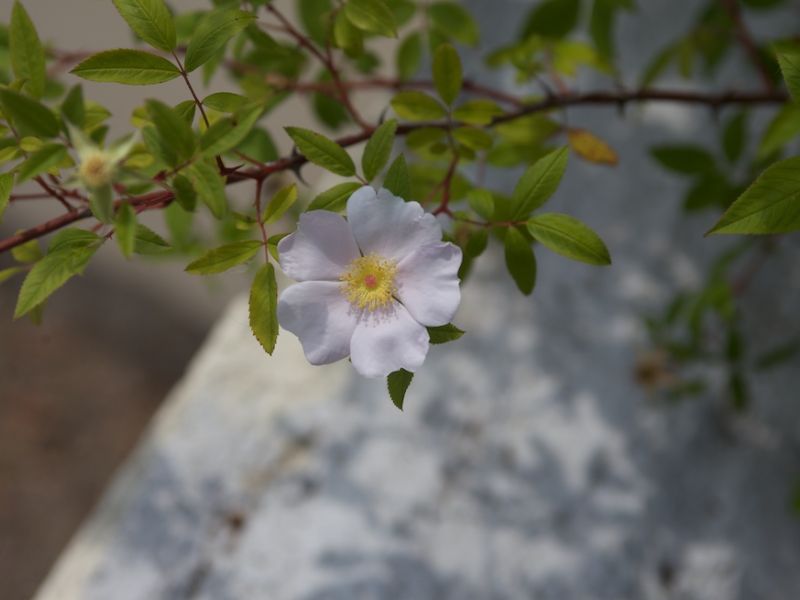
II. How to Grow and Care
Sunlight
Swamp Rose favors full sun and also can tolerate a half shade environment. In partial shade, it usually only grows leaves and does not bloom. Even if it has flower buds, the flower is neither gorgeous nor fragrant. As a result, it is recommended that gardeners ensure sunlight at least 6 hours per day during the growing season (but not necessarily in winter). In summer, it should be appropriately shaded to prevent overexposure to sunlight.
Temperature
Swamp Rose is widely distributed from cold temperate zones to tropical areas. It likes cool, ventilated environments and is not tolerant of high temperatures. The optimum temperature range is 15 to 26 ℃. Some species can tolerate temperatures as low as -26 ℃ and high temperatures of up to 35 ℃. When the temperature is below 4 ℃ in winter and above 30 ℃ in summer, the plant becomes semi-dormant and has poor growth. The flowers during this period will have a few small, white petals with a dim and lusterless color and are not good-looking at all.
Swamp Rose favors moist conditions but is not resistant to water-logging. It can tolerate moderate drought. Provide more water from budding to flowering, but reduce watering after blooming time. After blooming, wait to water again until the soil is basically dry to avoid any accumulation. Ensure good ventilation and drain excess water during the rainy season to prevent damage to its roots.
Watering
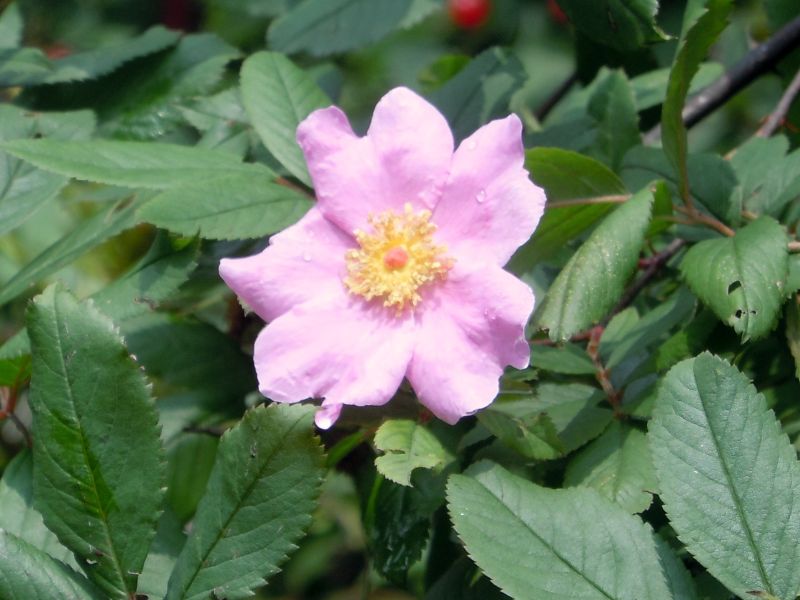
Thriving in its native wetland habitats, swamp Rose has adapted to environments with high moisture levels and is accustomed to regular inundation. This species exhibits a preference for consistent hydration but can withstand brief periods of dryness. Watering once every 1-2 weeks suffices to maintain its vigor, mimicking the plant’s natural rhythm between rainfalls. Typically found outdoors, swamp Rose benefits from the interplay between rainfall and soil drainage, which is crucial during its growing season to prevent waterlogged conditions that could impede root health.
Soil
Swamp Rose can adapt to a variety of soil types and grows best in acidic soil which is fertile, loose, and water-drained. When planting in the garden, you should choose a place on higher terrain with sufficient sunlight, good air ventilation, and slightly acidic soil. Planting in high terrain helps avoid water accumulation in soil. Before planting, deeply loosen the soil and use organic fertilizer as base fertilizer. If planting as a potted plant, use humus-rich and slightly acidic sandy soil.
Fertilizing
For optimal growth, swamp Rose requires a balanced fertilizer, rich in macro and micronutrients. Fertilize biannually in spring and midsummer to support vigorous growth and prolific blooms. Employ 2-3 ounces per plant, ensuring even distribution around the base and avoiding direct contact with the stem. Observe changes in leaf color and bloom vitality as indicators for possible adjustments in feeding practices. Over-fertilization can lead to growth issues; be cautious to not exceed recommended amounts. Soil testing can guide tailored feeding regimens, adapting to swamp Rose’s seasonal nutritional demands.
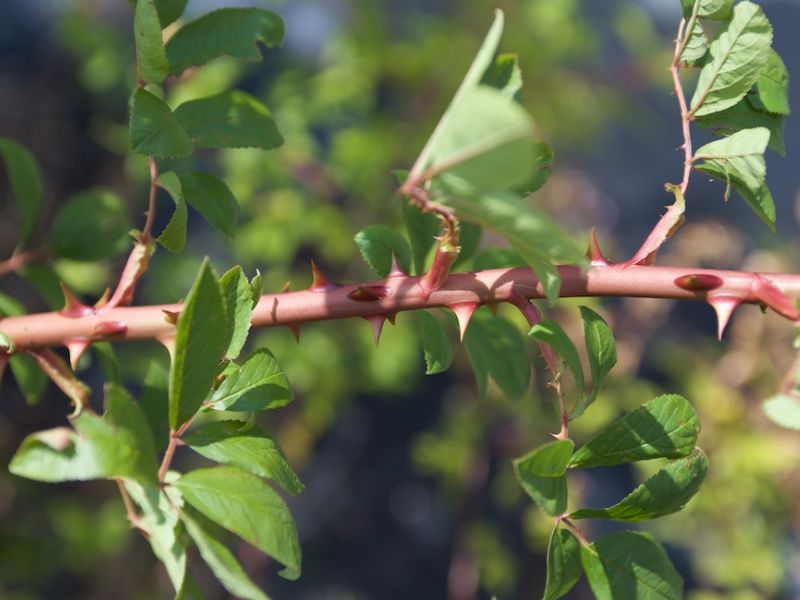
Pruning
Swamp Rose has a strong sprouting ability and grows luxuriantly. Without proper, timely pruning, it will attract diseases and pests in hot, humid, insufficiently lit, or poorly ventilated conditions. After the first bloom, the plant should be slightly pruned. Promptly cut off faded flowers and thin, overlapping branches, leaving only young and strong branches. During winter dormancy, careful pruning is recommended.
For vines, keep main branches at 2 to 3 m long and cut off the rest. For bush plants, cut 1.02 cm above full buds, prune the whole plant to 1/3 of its original height, and leave 4-6 thicker branches while ensuring that the overall shape of the plant meets your desired appearance.
Propagation
Swamp Rose can be propagated by grafting. Multiflora rose (Rosa multiflora) is often used as rootstock for grafting. Generally, grafting is carried out from the end of summer to the beginning of autumn, and the grafting part is as close to the ground as possible. Cut a T-shaped cut on the outer skin of the rootstock with a knife on one side of the stem and branch, then select a bud from the middle of a well-developed branch in the same year, cut the bud with bark, insert it into the T-shaped cut, bind it with plastic film, and place it in proper shade. It can usually be untied 15 days after grafting, and will germinate and survive after 30 days.
You can also select a branch that has not yet developed a leaf bud as a scion if the thickness of the scion is more similar to that of the rootstock. Cut a 2 cm deep cut on the rootstock longitudinally, insert the scion into the cut, and then fasten it with plastic film. The incision will heal after about 10 days.
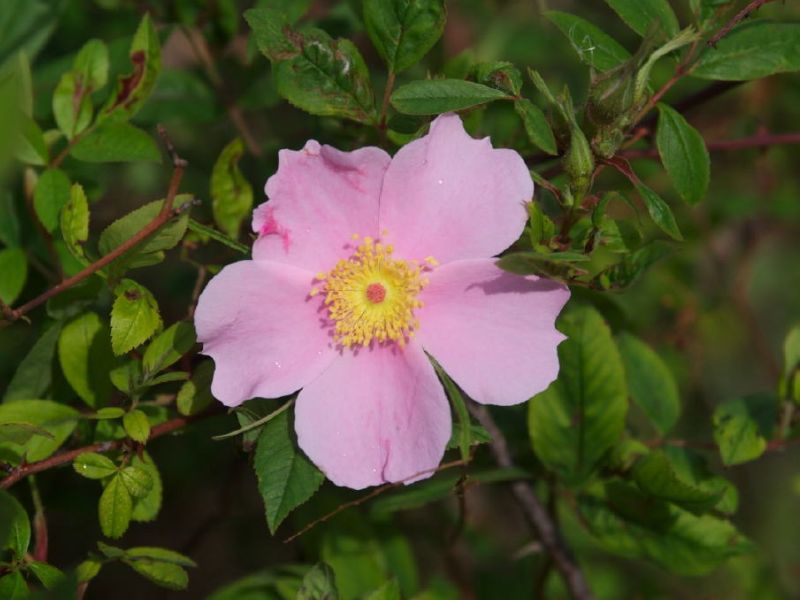
Swamp Rose can also propagate by division. It can be planted deeper and filled with soil to the roots so that new roots can grow at the bottom of each branch. In the early spring or late autumn, the whole plant can be dug out with soil to be divided into ramets. Select a stem with 1-2 branches and some fibrous roots, and then separate it from the whole plant and plant it in a basin or garden. At the same time, prune the branches on the ground to reduce the evaporation of water and improve the survival rate of transplanting.
Cutting propagation, another useful way to propagate swamp Rose, is generally carried out in spring and autumn. Branches with 3-4 buds can be cut off to use. The substrate for cutting can be a mix of river sand, rice chaff ash, or vermiculite, etc. Insert the branches into the substrate, shade it properly, and spray to maintain humidity. The branches will take root 20-30 days after cutting, and the survival rate is 70-80%. If the branches are dipped in rooting powder and then inserted into the substrate, the survival rate will be higher. Additionally, the cuttings can be immersed in water for cutting; the cutting temperature is 20 to 25 ℃, and new roots will grow after 20 days.
Transplanting
The ideal time to transplant swamp Rose is during mid-autumn to late winter. This offers the plant plenty of time to establish roots before spring bloom. Choose a location with moist, well-drained soil for successful growth. Go slow while transplanting, ensuring the plant’s overall wellness.
III. Harvesting and Storage
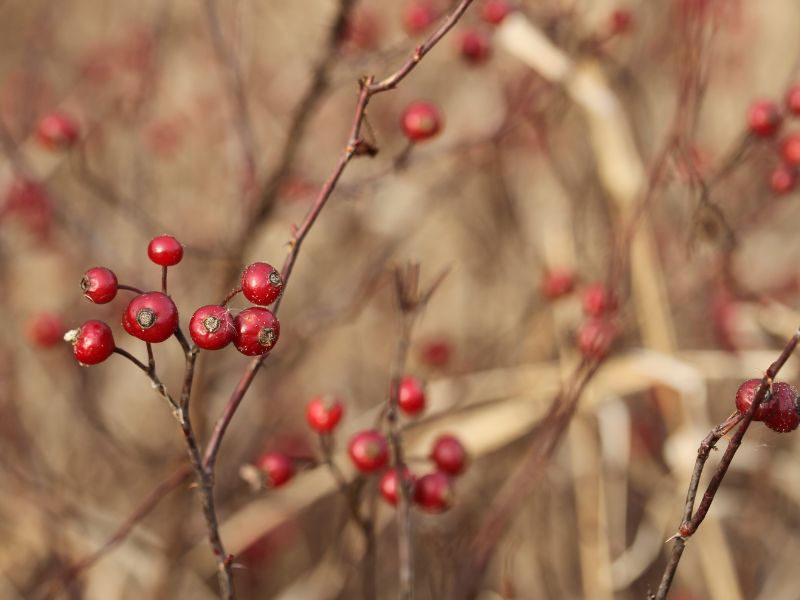
Swamp Rose produces excellent fresh flowers that can be pruned with sharp scissors as soon as they bloom. It is best to pick flowers in the morning to avoid loss of water through plant transpiration at noon. After picking, it is necessary to trim the base of the branch at a 45° angle to increase the water absorption area. Quickly put the flower into a vase with clean water to avoid water loss.
Find Where to Buy the Best Swamp Rose (Rosa palustris)



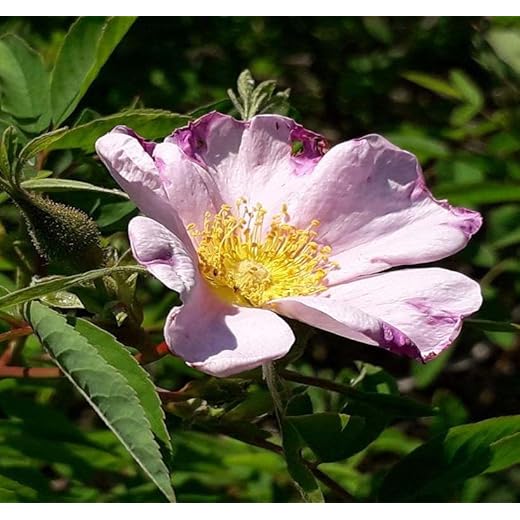

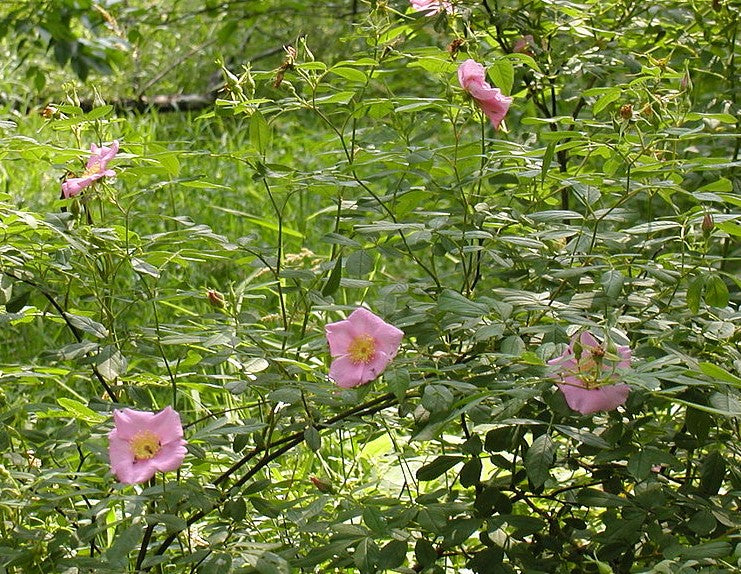




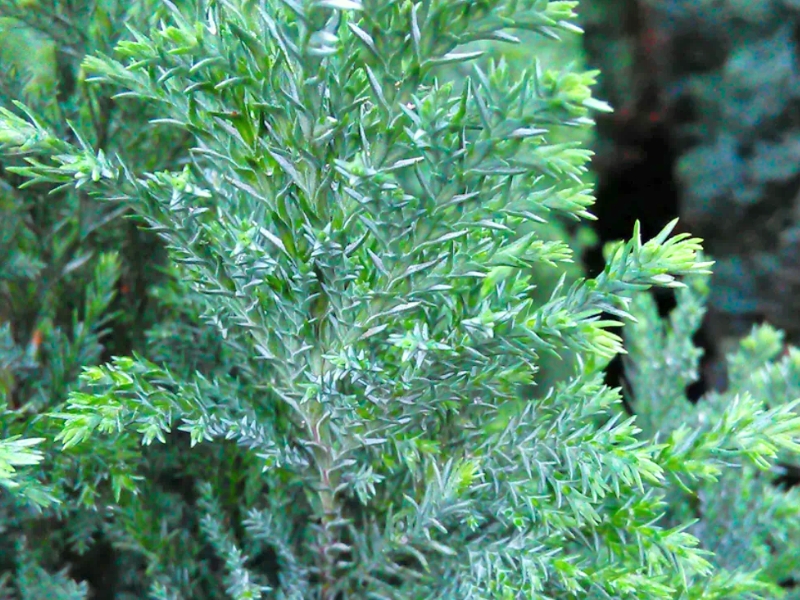
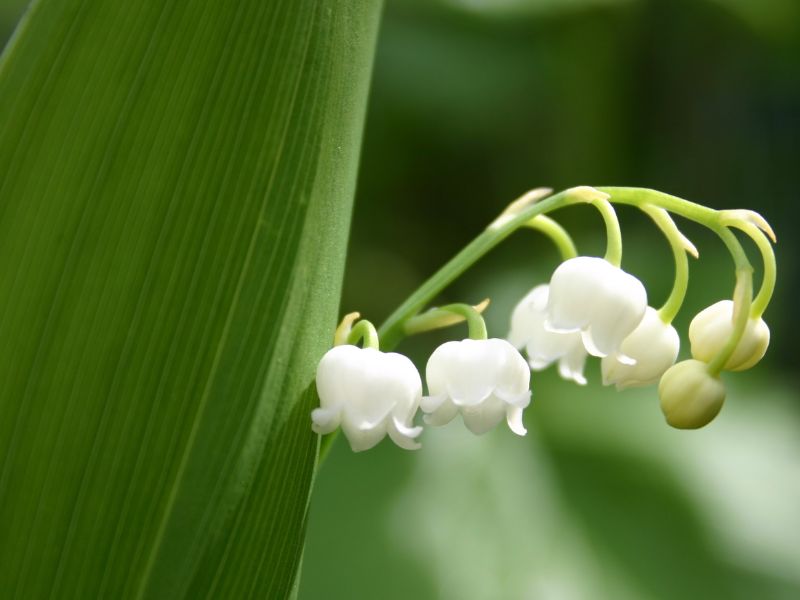
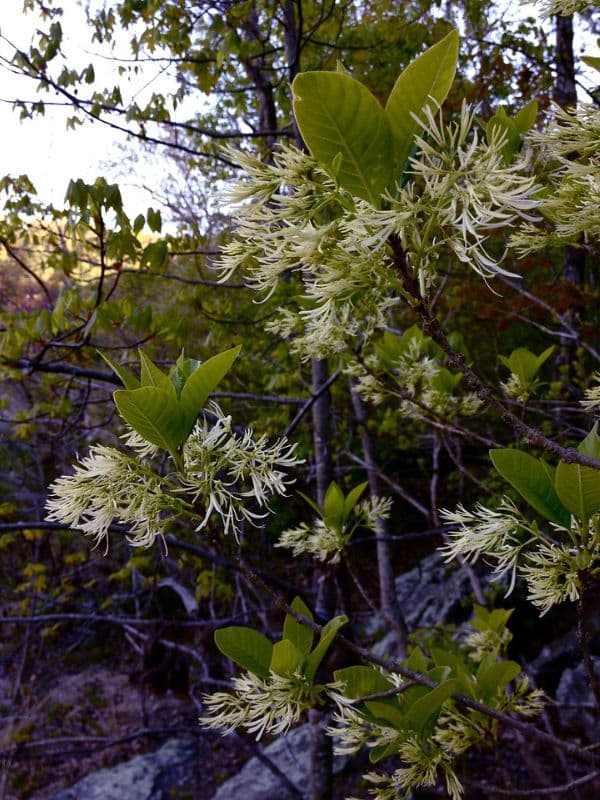
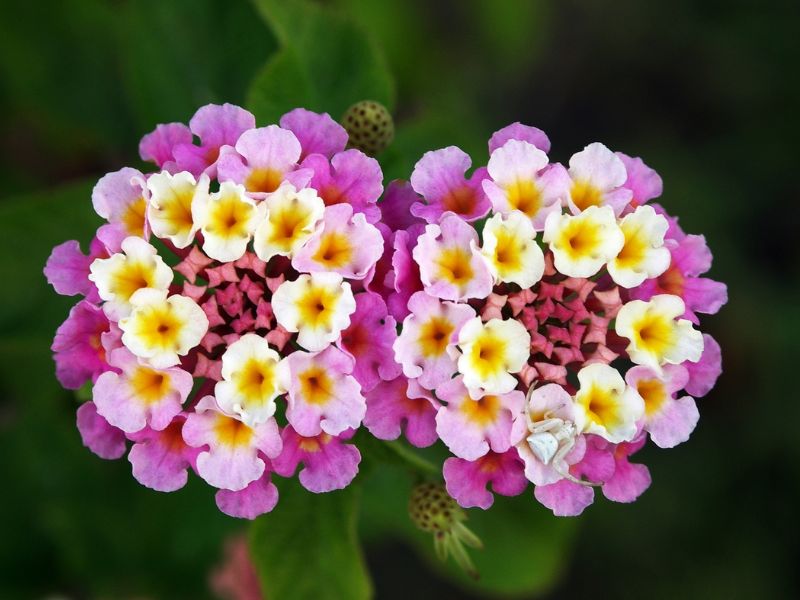
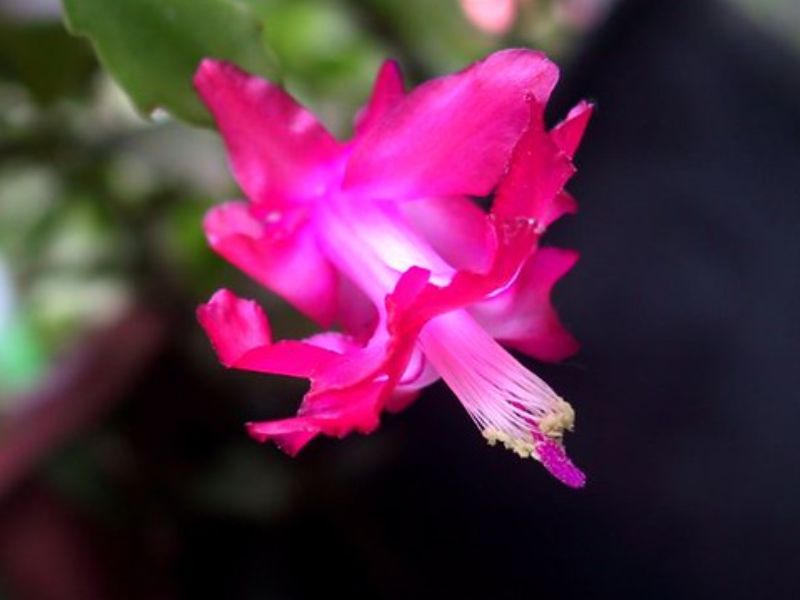
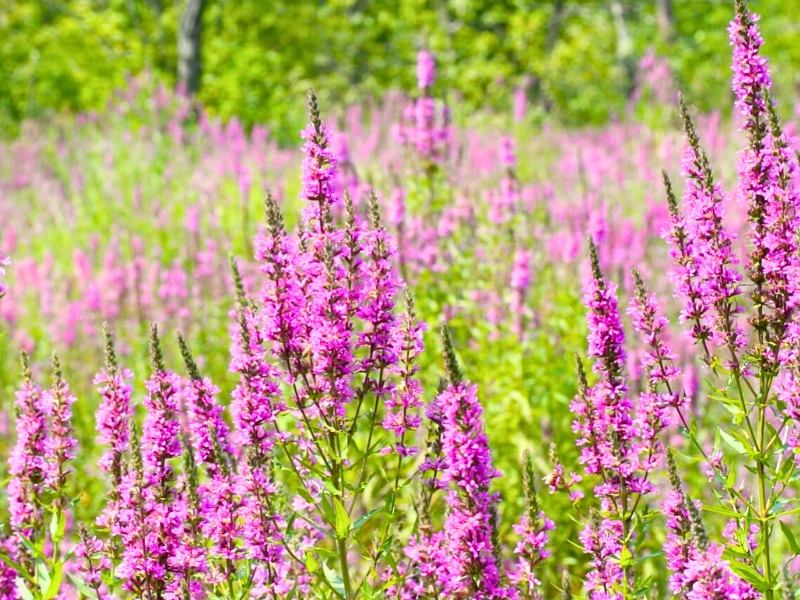
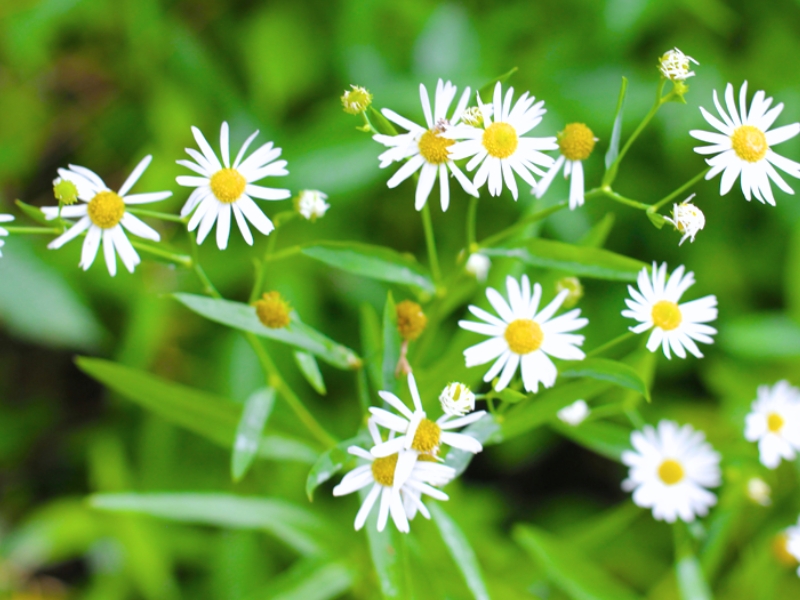
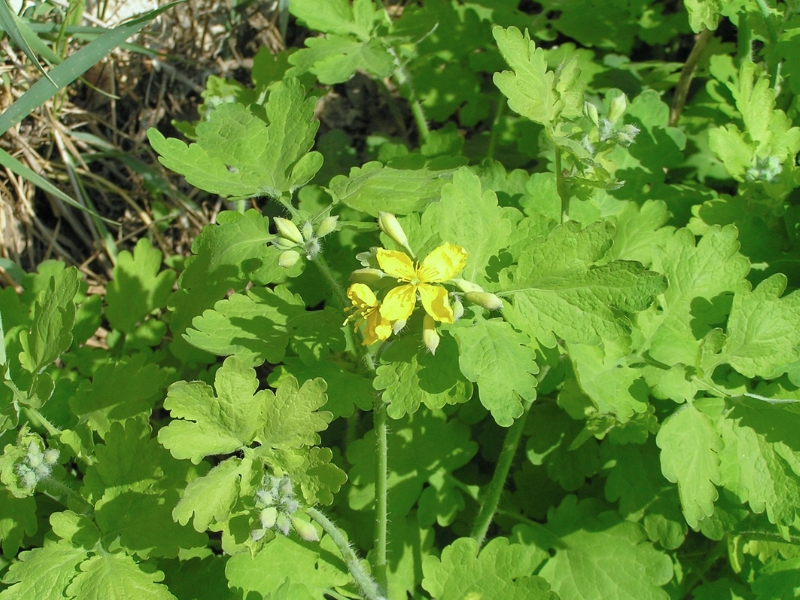
Leave a Reply